1 day Brussels itinerary
Welcome to Brussels! A city steeped in history, culture, and culinary delights, where medieval charm blends seamlessly with modern cosmopolitanism.
Brussels is a great city to visit even for 1 day. I often go to Brussels, my best friend lives there but I love that it is a small-ish city that has a great Joie de Vivre vibe and of course delicious food. Just thinking about the chocolate, beer, waffles and fries makes me want to droll. I don’t guarantee that at the end of writing this article, I won't check plane ticket prices.
This guide gives you plenty of travel tips for your visit to Brussels whether you are a first time visitor or you have already visited the city. The article gives plenty of things to do, where to eat when to visit and a list of fun events.
A little about Brussels
Brussels’ history dates back to the 10th century. Over time, Brussels grew in importance as a trading center, particularly renowned for its cloth industry during the Middle Ages. By the 15th century, Brussels had become the seat of the Dukes of Burgundy, marking a period of significant cultural and economic prosperity. This era witnessed the construction of majestic buildings such as the Town Hall and the Royal Palace, which still stand as iconic landmarks today.
In the 16th century, the city became embroiled in religious conflict during the Protestant Reformation, leading to periods of unrest and upheaval. Later, in the 19th century, Brussels played a crucial role in the Belgian Revolution of 1830, which ultimately led to the country's independence from the Netherlands. This newfound independence paved the way for Brussels to become the capital of Belgium in 1831, solidifying its position as a political and cultural hub in Europe. Throughout the 20th century, Brussels continued to evolve, undergoing urban development and asserting its status as a center for international diplomacy, with the establishment of various international institutions, such as being the capital of the European Union and hosting the NATO headquarters.
Belgium has three official languages: Dutch (Flemish): Spoken by the majority of the population, particularly in the northern region of Flanders. French: Spoken primarily in the southern region of Wallonia and in the Brussels-Capital Region. German: Spoken by a small minority in the eastern region of the country, near the German border. English is also widely spoken, so don’t worry too much. However, it is appreciated if you do a little effort in French, Merci!
Porto
A little Q&A before starting
Can Brussels be visited as a day trip from another city?
Yes, Brussels can be a great day trip destination from another European city such as Paris or Amsterdam.
My personal rule is that a day trip needs to have under 2-3 hours of transit one way. This rule allows you to visit the cities between 8 and 12 hours minimum.
IS BRUSSELS WORTH VISITING?
TBH, I don’t understand by Brussels is so underrated or why people don’t like it, this city is one of my favourites.
Having limited PTO regulates the number of days that you spend in each city, which causes you to make difficult decisions about where to spend your time. I know your struggle all too well! Worry not, spending even 1 day in Brussels is worth your precious PTO.
The city has a rich history with stunning architecture, historic landmarks, and a vibrant cultural scene. From the medieval charm of the UNESCO World Heritage site of Grand Place to modern institutions like the European Parliament, Brussels offers a fascinating blend of old and new. Brussels is also famous for its cuisine, which includes indulging in delicious chocolates and waffles to savouring traditional dishes like moules-frites (mussels and fries) and Belgian beer.
IS 1 DAY IN BRUSSELS ENOUGH?
Yes and no. This isn’t probably the answer you were looking for, but bear with me. I would say that to really get into the vibe of the city, I would suggest spending two or three days, but you can definitely enjoy the city in 1 day. The city does not have a TON of things to do and you can do a quick visit to all the main landmarks in one day without a problem.
You will need to carefully plan your time and you will need to make some concessions. I will, however, recommend that you just enjoy the city by walking around to dive into the city's vibrant atmosphere. If you like museums, then maybe consider an extra day (the second day.)
I would also suggest doing a walking tour, I loved the beer and chocolate tour that we did.
I’m pretty sure that just one day in the city will make you want to visit again!
Views of Porto from the Luis I Bridge
1 day Brussels itinerary
If you only have one day in Brussels, I would suggest these must-dos. If you continue reading, you will have the details of each attraction.
Start your day with a Brussels Waffle.
Your second stop should be the Grand Place, where you can admire the beautiful architecture
Walk around the city center and spot the 3 Pis statues
Admire the Royal Palace & Brussels Park
Go up the Mont des Arts
Chase Street Art around the Comic Strip Walk
For lunch, I would suggest delighting in some typical Belgian cuisine such as fries and Mussels. Or at least try some delicious fries
Indulge in different chocolate shops for dessert
Go to the Parc du Cinquantenaire on a nice day (yes, they are rare), a museum, or go to the Atomium
Spend the rest of your day tasting the different types of Belgian beers
As you can see, if you only have 24 hours in Brussels, you can still fit a lot in.
Things to do in Brussels
You can pick and choose from this list that fits your preferences.
Grand Place/Grote Markt
The Grand Place, or Grote Markt in Dutch, is the central square of Brussels and one of the most iconic landmarks in Belgium. Renowned for its stunning architecture and historical significance, the Grand Place has been a UNESCO World Heritage Site since 1998 and is considered one of the most beautiful squares in Europe.
The Grand Place is a masterpiece of Gothic, Baroque, and Louis XIV architecture. The surrounding guildhalls, with their intricate facades adorned with gold leaf and statues, once served as the headquarters of various trade guilds in Brussels.
The Grand Place hosts events such as the biennial Flower Carpet, the Brussels Christmas Market, and numerous cultural festivals throughout the year.
At the center of the square stands the iconic Brabantine Gothic-style Town Hall, with its soaring tower and ornate facade. The highlight of this building is its 96-meter-high tower, which offers panoramic views of Brussels and its surroundings. You can climb the 400 steps to the top for a breathtaking vista of the Grand Place, the Brussels skyline, and landmarks such as the Atomium and the Palais de Justice.
Inside the Town Hall, you can explore the opulent interiors, including the ceremonial rooms, reception halls, and the Gothic Hall, which features magnificent tapestries, paintings, and sculptures. The Gothic Hall is also where the famous Brussels Ommegang, a historical pageant dating back to the Middle Ages, is held annually.
Opposite the Town Hall is the King's House, which now houses the Brussels City Museum and showcases exhibits on the city's history and folklore. It was originally built as the residence of the Dukes of Brabant but later became the administrative center of Brussels. Exhibits cover a wide range of topics, including the city's medieval origins, its role as a center of trade and commerce, and its cultural and artistic achievements.
Originally built by the city's trade guilds during the medieval and Renaissance periods, the guildhalls served as meeting places, offices, and residences for their respective guild members. Each of the guildhalls on the Grand Place is unique, with its own distinct design and decorative elements. Some of the most notable guildhalls include:
The House of the Dukes of Brabant (Maison des Ducs de Brabant): Situated adjacent to the Town Hall, this guildhall features a striking facade adorned with statues of the dukes of Brabant. It is one of the oldest buildings on the Grand Place, dating back to the 14th century.
The Guildhall of the Brewers (Maison des Brasseurs): Recognizable by its ornate gilded facade, this guildhall was the headquarters of the brewers' guild and now houses the Belgian Brewers Museum. How very Belgian!
The Guildhall of the Bakers (Maison des Boulangers): This guildhall features a distinctive stepped gable and was the meeting place of the bakers' guild. Today, it is home to a chocolate shop.
The Guildhall of the Archers (Maison des Arbalétriers): Situated near the King's House, this guildhall was originally built for the crossbowmen's guild and is now occupied by restaurants and shops.
The three pis statues
The Manneken Pis is a weird tourist attraction in Brussels. It has been called one of the worst tourist traps in Europe, but you still go grab the iconic picture.
The Manneken Pis, or "Little Man Pee" in Dutch, is a famous two-foot-tall bronze statue. Depicting a small boy urinating in a fountain basin. This odd little statue has a lot of hypotheses as to why it exists and why the toddler is pissing. The mythology says that there was a big fire threatening to devastate the city, and a toddler came and peed on the fire, extinguishing it, saving the city. Another legend says that a toddler peed on the enemy army, giving new momentum to the Belgian army. However, all these stories are very weird, why is a toddler on the first lines of a war? How big was this fire that a toddler could put out by peeing on it? All these questions remain unsolved.
Throughout the year, the Manneken Pis is dressed in various costumes and outfits to celebrate special occasions, holidays, and events. You can see his whole wardrobe (he has more than 1000 outfits!) by visiting his wardrobe museum.
While the Manneken Pis is perhaps the most famous statue in Brussels, Jeanneke Pis is another notable bronze sculpture located in the city. Jeanneke Pis depicts a little girl urinating and is situated in the alleyway called Impasse de la Fidélité, near the famous Delirium Café. Jeanneke Pis was created by the Belgian artist Denis-Adrien Debouvrie and was installed in 1987.
Lastly, Zinneke Pis translates to "The Little Rascal" or "The Street Urchin" in the Brussels dialect. "Zinneke Pis" depicts a bronze sculpture of a small dog lifting its leg to urinate on a street post. Located near the Het Zinneke district, the statue was installed in 1998 as part of an urban renewal project in the area.
Brussels Stock Exchange
The Brussels Stock Exchange is known as the Bourse in French or Beurs in Dutch. Built in the late 19th century, the Brussels Stock Exchange served as the headquarters of Belgium's stock exchange until the late 20th century.
Designed by the architect Léon-Pierre Suys, the architectural masterpiece blends various styles, including neoclassical, Renaissance, and Second Empire. Its impressive facade features Corinthian columns, grand arches, and ornate sculptures. The interior of the Brussels Stock Exchange is equally impressive, with a central hall adorned with marble, gilt, and elaborate decorations. While the Brussels Stock Exchange no longer serves as a functioning stock market, the building remains an important cultural and historical landmark, It has been repurposed for various uses, including hosting exhibitions, events, and cultural activities. Even if you are not going in, it is worth it to admire the facade.
Royal Palace of Brussels & Brussels Park
The Royal Palace of Brussels, or Palais Royal de Bruxelles in French, is one of the most iconic landmarks in the city. It is primarily used for state functions and ceremonies, as the King and Queen reside in the Royal Castle of Laeken on the outskirts of Brussels.
The Royal Palace of Brussels is an impressive neoclassical building that dates back to the late 18th century. It was originally built as a palace for the Prince of Orange, who later became King William I of the Netherlands. After Belgium gained independence in 1830, the palace became the official residence of the Belgian monarchy.
While you cannot tour the interior of the Royal Palace during most of the year, as it is used for official purposes, the palace is open to the public for guided tours during the summer months, typically from late July to early September. During this time, you can admire the opulent staterooms, including the Mirror Room, the Throne Room, and the Grand Staircase, which are adorned with magnificent decorations and works of art.
Even when not open for tours, the Royal Palace is still worth a visit to admire its impressive exterior architecture and the beautiful Brussels Park surrounding it. The palace's facade features Corinthian columns, elegant statues, and intricate detailing, making it a stunning sight to behold.
The Parc de Bruxelles spans approximately 32 acres and it is worth a visit. Throughout the year, the park hosts various events and activities, including concerts, festivals, and outdoor exhibitions.
Palais du Coudenberg
The Palais du Coudenberg, also known as the Coudenberg Palace, is a significant archaeological site situated adjacent to the Royal Palace of Brussels and Brussels Park.
Originally constructed in the 12th century as a fortified castle for the Dukes of Brabant, the Palais du Coudenberg served as the primary residence of the rulers of the Duchy of Brabant for centuries. Over time, the palace expanded and evolved into a grand complex, featuring luxurious living quarters, ceremonial halls, and sprawling gardens. However, disaster struck in 1731 when a devastating fire ravaged the palace, resulting in its abandonment and eventual demolition. The ruins of the Palais du Coudenberg lay buried beneath the streets of Brussels for centuries until archaeological excavations uncovered them in the mid-20th century. You can take a guided tour of the archaeological site and discover the treasures that lie beneath.
Mont des Arts
Mont des Arts, which translates to "Mount of the Arts" in English, is a beautiful public square and cultural area. Situated near Brussels Park and the Royal Palace of Brussels, Mont des Arts offers stunning panoramic views of the city and is a hub of artistic and architectural attractions. The area was redesigned in the early 20th century as part of King Leopold II's urban renewal project, which aimed to beautify the city center. Today, Mont des Arts is adorned with fountains, gardens, and sculptures, creating a picturesque setting for you to explore. One of the highlights of Mont des Arts is the sweeping staircase that leads from the lower city to the upper area, where the square is located. From here, you can enjoy breathtaking views of the Brussels skyline, including landmarks such as the Town Hall, the Atomium, and the spires of the Grand Place.
Surrounding the square are several cultural institutions, including the Royal Library of Belgium, the Royal Museums of Fine Arts of Belgium, and the BELvue Museum.
Throughout the year, Mont des Arts hosts various events and exhibitions, from outdoor concerts to art installations.
Mont des Arts Photo by Najib Samatar on Unsplash
Parc du Cinquantenaire
Parc du Cinquantenaire, meaning "Jubilee Park" in French, is probably one of the most beautiful parks in the city. In the Summer, this is THE hangout place. There is even a buvette (bar) to fuel your picnics. The park is located in the eastern part of the city. Built in the late 19th century to commemorate the 50th anniversary of Belgian independence. The centrepiece of the Cinquantenaire is the triumphal arch, known as the Arc de Triomphe or Arc du Cinquantenaire, which was erected in 1905.
Surrounding the triumphal arch are vast green spaces, tree-lined avenues, and landscaped gardens, making the Cinquantenaire Park a popular destination for picnics and leisurely walks. In addition to its natural beauty, the Cinquantenaire Park is home to several museums and cultural institutions, including the Royal Museum of the Armed Forces and Military History, the Autoworld car museum, and the Royal Museum of Art and History. Don’t forget to go up the triumphal arch for a stunning panoramic view of the capital. Throughout the year, the Cinquantenaire Park hosts events, festivals, and concerts.
Comic Strip Walk & Street art
Did you know that Brussels is home to the best comics? There is a reason why it was named "Comic Strip Capital." Astérix, Tintin, Spirou, and the Smurfs, to name a few are part of Belgium's artistic legacy. Lucky for you, you can see them everywhere in the city.
The Comic Strip Walk, also known as the Brussels Comic Book Route, consists of a series of 50 colourful murals painted on the walls of buildings throughout the city center, depicting scenes from famous Belgian comic strips. You can follow the whole route here.
Besides this circuit, the city has amazing street art all around. This is a great way to wander around the city.
Galeries Royales Saint-Hubert
The shopping center is a stunning arcade that is renowned for its architectural beauty. Built in 1847, it is one of the oldest shopping arcades in Europe and was designed by architect Jean-Pierre Cluysenaer. The Galeries Royales Saint-Hubert features an elegant glass roof, soaring ceilings, and intricate ironwork, creating a grand and airy atmosphere. The arcade is divided into three sections: the Galerie du Roi (King's Gallery), the Galerie de la Reine (Queen's Gallery), and the Galerie des Princes (Princes' Gallery), each named after Belgian royalty.
The Galeries Royales Saint-Hubert is home to a wide range of luxury boutiques, specialty shops, cafes, and theatres. In addition to its shopping opportunities, the Galeries Royales Saint-Hubert also hosts cultural events, art exhibitions, and performances throughout the year. The arcade's theatres, such as the Théâtre des Galeries, offer a diverse program of plays, concerts, and shows.
Atomium
The Atomium is a little way out of the city center, but it can be easily reached by public transportation and is well worth the trip if you have some extra time. I have yet to visit this landmark
The Atomium was built for the 1958 Brussels World's Fair (Expo 58). Designed by engineer André Waterkeyn, it is a representation of an iron crystal magnified 165 billion times. The structure consists of nine interconnected spheres by tubes, which contain escalators and stairs for you to move between levels. The spheres house exhibitions, and multimedia installations. The top sphere offers an observation deck with 360-degree views of Brussels and the surrounding area.
The Atomium's exterior is clad in stainless steel, giving it a distinctive silver appearance. At night, the structure is illuminated, creating a stunning visual spectacle against the Brussels skyline. In addition to its exhibition spaces, the Atomium also features a restaurant, brasserie, and gift shop.
Museums
Brussels has a lot of different and interesting museums for you to explore. Chances are that it will rain during your visit so visiting a museum can be the perfect activity to escape the weather.
The MIMA (Millennium Iconoclast Museum of Art) is a contemporary art museum focusing on street art, graffiti, graphic design, and digital art. The museum is situated in the former Belle-Vue brewery building in the Molenbeek-Saint-Jean neighbourhood and was established in 2016.
You can explore immersive installations, multimedia presentations, and interactive exhibits. In addition to its permanent collection, the MIMA Museum also hosts temporary exhibitions, workshops, lectures, and events that showcase the work of contemporary artists from around the world.
When we visited there was a fun exhibition by the artist INVADER RUBIKCUBIST. This is by far one of the best exhibitions I have seen in some time.
Belgian Comic Strip Center Museum is housed in a magnificent Art Nouveau building designed by Victor Horta, the museum celebrates the rich history and cultural significance of Belgian comic strips, which have made an indelible mark on the global comic industry. The museum offers a comprehensive overview of Belgian comics, showcasing original artwork, manuscripts, publications, and memorabilia from renowned comic artists and series. From classics like Tintin, Spirou, and The Smurfs to contemporary works and emerging talents.
I enjoyed the fact that the museum shines a light on the troublesome racist background of characters like Tintin and brings the conversation forward by giving context and acknowledging the facts. However, I would not go to the museum if you only have one day.
Royal Museums of Fine Arts of Belgium is comprised of several museums, including the Old Masters Museum, the Magritte Museum, the Modern Museum, and the Fin-de-Siècle Museum, this complex houses an extensive collection of Belgian and international art spanning from the 15th to the 20th centuries.
Musical Instruments Museum (MIM) is housed in a beautiful Art Nouveau building, and displays an impressive collection of musical instruments from around the world, alongside interactive exhibits and audiovisual displays. This is for the music geeks.
Horta Museum is located in the former residence and studio of renowned Art Nouveau architect Victor Horta, this museum offers insight into his life and work, featuring furniture, decorative objects, and architectural drawings.
Autoworld is situated in the Cinquantenaire Park. Like the name says it is a car museum showcasing a vast collection of vintage and classic automobiles, including cars from the early days of motoring to modern vehicles.
Musée Magritte Museum is dedicated to the works of Belgian surrealist artist René Magritte, this museum houses the largest collection of his paintings, drawings, and sculptures in the world. If you like the artist’s work, you will like the museum.
BELvue Museum focuses on Belgian history and society and offers interactive exhibits, multimedia presentations, and artifacts that explore key moments in Belgium's past and present.
Still looking for more recommendations?
Place du Grand Sablon is a charming square known for its antique shops, art galleries, and quaint cafes. It's an ideal spot to wander, browse for unique souvenirs, and enjoy a coffee or Belgian waffle in a picturesque setting. I really enjoy walking around this neighbourhood. The Gothic Saint-Michel Cathedral, also known as Brussels Cathedral, dominates the skyline of the city center. Step inside to admire its stunning stained glass windows and intricate architecture.
If you are looking for activities off the beaten path, you can explore the Marolles neighbourhood, known for its eclectic mix of antique shops, quirky boutiques, and charming cafes. Don't miss the daily flea market at Place du Jeu de Balle, where you can hunt for treasures. This is a fun neighbourhood that I like to visit it has a lot of street art.
Tucked away in the heart of Brussels, Saint-Géry Island is a trendy district known for its lively nightlife, art galleries, and cultural events. Explore the cobblestone streets, visit contemporary art spaces like Kanal-Centre Pompidou, and enjoy a drink at one of the stylish bars lining the square.
One of the things that I like the most about Brussels is its Art Nouveau Architecture. So keep an eye on when you are walking around, especially in the hoods like Ixelles and Schaerbeek. If you have time then maybe consider visiting the Royal Greenhouses of Laeken.
Where to eat and drink in Brussels
Brussels has so many delicious treats for you to indulge in!
Brussels Waffles: There are 2 types of waffles in Belgium; Brussels Waffles ‘gaufre de Bruxelles’ (rectangular and less sweet, and fluffier) and Liege Waffles (round and sweet). Of course, you are in Brussels and not in Liège so you need to eat Brussels Waffles.
There is nothing better to start your day in Brussels than with a delicious hot waffle. You can eat them with anything that you want, I like them with chocolate and some fruit. You can eat them pretty much anywhere as they will most probably be delicious. There are food trucks, these are highly recommended by locals or you can try the famous Vitalgaufre or the famous Maison Dandoy. Heads up this place has a huge line but it is worth the wait! They are also famous for speculoos cookies.
Beer: Belgium has outstanding beer and a variety of different types. While a small country, the beer culture in Belgium is very rich and full of history. The majority of the Belgians know their beers very well and even know how much glass to use depending on what you are drinking, just like wine. Did you know that the small country has 3000 kinds of Belgian beers, spread out over 200 breweries? These are the most known types of beers: Abbey beers, Trappists, Lambics, Belgian IPAs, Triple Blonds, and Double Browns.
Delirium café located near the Grand Place can be a great place to start your beer tasting. The bar has 2004 beers, holding a Guinness World Record. The bartenders are very knowledgeable and can give you some recommendations.
Chocolate: Visiting Brussels without tasting chocolate should be punishable by law. The chocolate scene in this city is heavenly. As you might know, chocolate comes from the Americas, history points to the Mayans as the first to try this treasure. So how did Belgium come to be a chocolate hot spot? It turns out that a pharmacist named Neuhaus was trying to find a way to make pills tastier, apparently, at the time, they had a horrific taste. By making his pills more appealing, he was hoping he could increase his sales. The recipe he developed gave birth to what became the delicious Belgian Praline. This was in 1912. Neuhaus chocolate store is still running and is one of the most popular brands in the city.
Please don’t buy very popular brands, go to the small artisanal shops. My favourites are Pierre Marcolini and Frederic Blondeel.
Fries: the fries in Brussels are on another level. They have a double-frying technique, which results in a crispy exterior and fluffy interior. The first fry, typically at a lower temperature, partially cooks the potato slices, while the second fry at a higher temperature crisps them to perfection. This process yields fries that are golden brown and deliciously crunchy on the outside, yet soft and tender on the inside. Go to a friterie and ask the fries with one of the multitude of sauces available, don’t go with the traditional ketchup or mayo. I like Friterie Tabora.
"Pistolet" is a traditional Belgian bread roll. Go to the deli Pistolet Original for "pistolets garnis," which are filled with savoury ingredients such as cheese, cold cuts, smoked salmon, shrimp, or egg salad. Popular combinations include "pistolet with ham and cheese" (pistolet jambon-fromage) or "pistolet with shrimp croquette" (pistolet crevette).
Mussels are an absolute staple of Belgian cuisine. Typically, the mussels are served in butter, with some wine or beer, plenty of garlic, and then leeks or similar thinly sliced vegetables. A must try, especially with fries on the side. Dishes like Boulets à la Liégeoise and Belgian Waterzooi should also be on your list of things to try. The Falstaff restaurant offers all of the traditional classic Belgian dishes. Plus, the restaurant is GORGEOUS! The building is a historic Art Nouveau with beautiful stained-glass windows and elegant interior located near the Bourse. There is also live bands on some days of the week and you can dance to the groovy beats.
Practical information
What to wear
The city has a high rain possibility year-round. So come prepared with a rain jacket and waterproof shoes. Wear comfortable shoes and be prepared to stroll between sites.
It’s normal for temperatures to dip relatively low at night even in the summer, as well. Winters are cold and humid so bring some layers.
BEST TIME TO VISIT BRUSSELS? + Events
Brussels is a beautiful city to visit year-round with its beautiful summer weather. However, as with any European destination, Summers are very crowded. I would suggest visiting in shoulder season months including March through May and mid-September through November. Winters are dark, cold and humid, I would avoid visiting during that period.
Here are some of the main events in case you want to align your visit with one of these fun activities. Heads up, during these events flights and accommodation might be more expensive.
Brussels Christmas Market: Running from late November to early January, the Brussels Christmas Market transforms the city into a festive wonderland with twinkling lights, wooden chalets selling artisanal gifts and seasonal treats, and an ice skating rink. I personally liked the ones in Germany better. I wouldn’t make it the center of the trip.
Brussels Jazz Weekend: Held annually in May, Brussels Jazz Weekend brings together jazz enthusiasts from around the world for a weekend filled with free concerts, jam sessions, and performances at various venues across the city. The city has a big Jazz history.
Brussels Flower Carpet: Every two years in August, the Grand Place in Brussels is adorned with a stunning flower carpet consisting of colourful blooms arranged in intricate designs.
Brussels International Film Festival: This annual film festival, typically held in June, showcases a diverse selection of international films, including premieres, retrospectives, and screenings at various cinemas and cultural venues.
Belgian Beer Weekend: Beer lovers won't want to miss the Belgian Beer Weekend, usually held in early September, where breweries from across Belgium gather in Brussels to offer tastings of their finest brews, accompanied by live music and food stalls.
GETTING IN AND OUT OF THE CITY
Brussels is served by Brussels Zaventem Airport (also called Brussel-Nationaal / Bruxelles-National), which is located in the northeast part of Brussels. To arrive at the city centre from Brussels Airport, you can either take a bus, train or a taxi. The bus lines are Line 12 and 21, which operate from the airport to many other stops in the city, including Brussels Central Station. Line 21 will take you to the Grand Place area (last stop) on weekends. Tickets cost around 4.50 euros.
There is also the Charleroi Airport, which is the airport for most of the low-cost airline companies. The airport is almost an hour away from Brussels. To get to the city, you can take the TEC A bus to Charleroi-Sud, then hop on a train to Brussels-Midi. From there, connect to Brussels Airport via direct train.
Brussels is also well connected via road and rail networks in Europe. There are high-speed trains (Thalys) available from Brussels to other countries like Amsterdam in the Netherlands (2 hours or less) and Paris in France (1.50- 2 hours).
GETTING AROUND
Brussels is one of the most walkable cities in the world, so it’s easy to spot that walking will be the primary method of getting around.
The city is also bike-friendly, so maybe you can take a bike to do the tour, especially if you are against the clock.
Like any European city, Brussels is also well-equipped with its public transportation system. You can buy a Brussels Card with STIB Public Transportation, which allows unlimited use of all STIB buses, trams or metro lines for 24 hours in the Brussels Region.
I would avoid driving around by car since the city has some traffic, the city center is pedestrian and finding parking is difficult.
TAP WATER
You can drink tap water, so ditch your plastic bottle and fill your reusable bottle at the hotel. Remember that in Europe you need to pay for water in restaurants and cafes.
POWER
Belgium has two plug types, types C and F. Brussels operates on a 230V supply voltage and 50Hz. So don’t forget your adapter if you are coming from North America.
IS BRUSSELS SAFE?
If you stay in the downtown area, you will be safe. I would suggest not venturing out to some of the outskirts neighbourhoods. There is some pickpocketing in the very tourist areas so keep an eye on your belongings as you would do in any other destination.
How would you spend one day in Brussels? Share your thoughts with me by commenting below.
Do you like the content? Why not help me by buying me a virtual cup of tea?
PIN IT FOR LATER!
This guide gives you plenty of travel tips for your visit to Brussels for one day whether you are a first time visitor or you have already visited the city. The article gives plenty of things to do, where to eat when to visit and a list of fun events. #Brussels #Belgium #Europe #Travel #itinerary




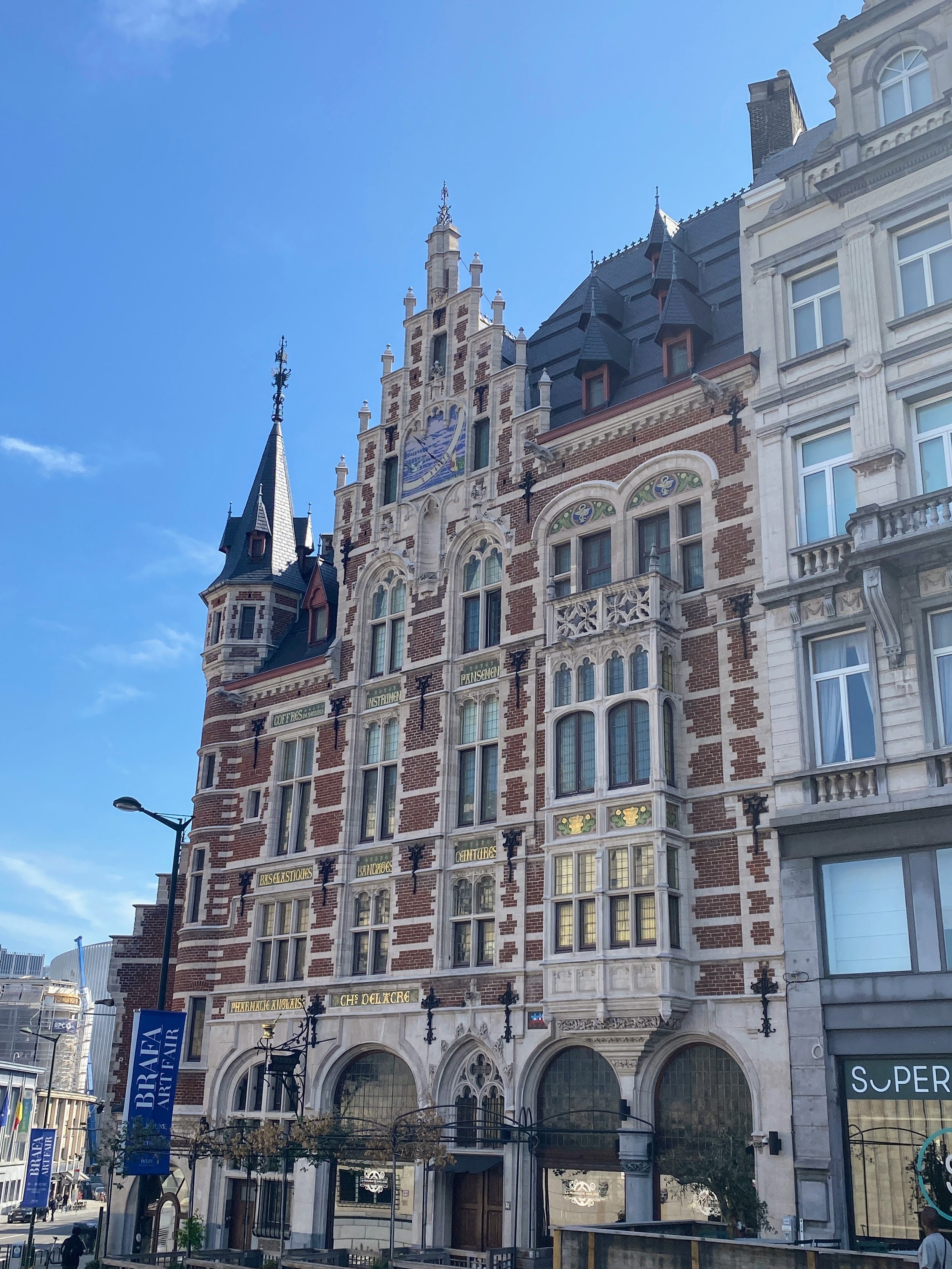

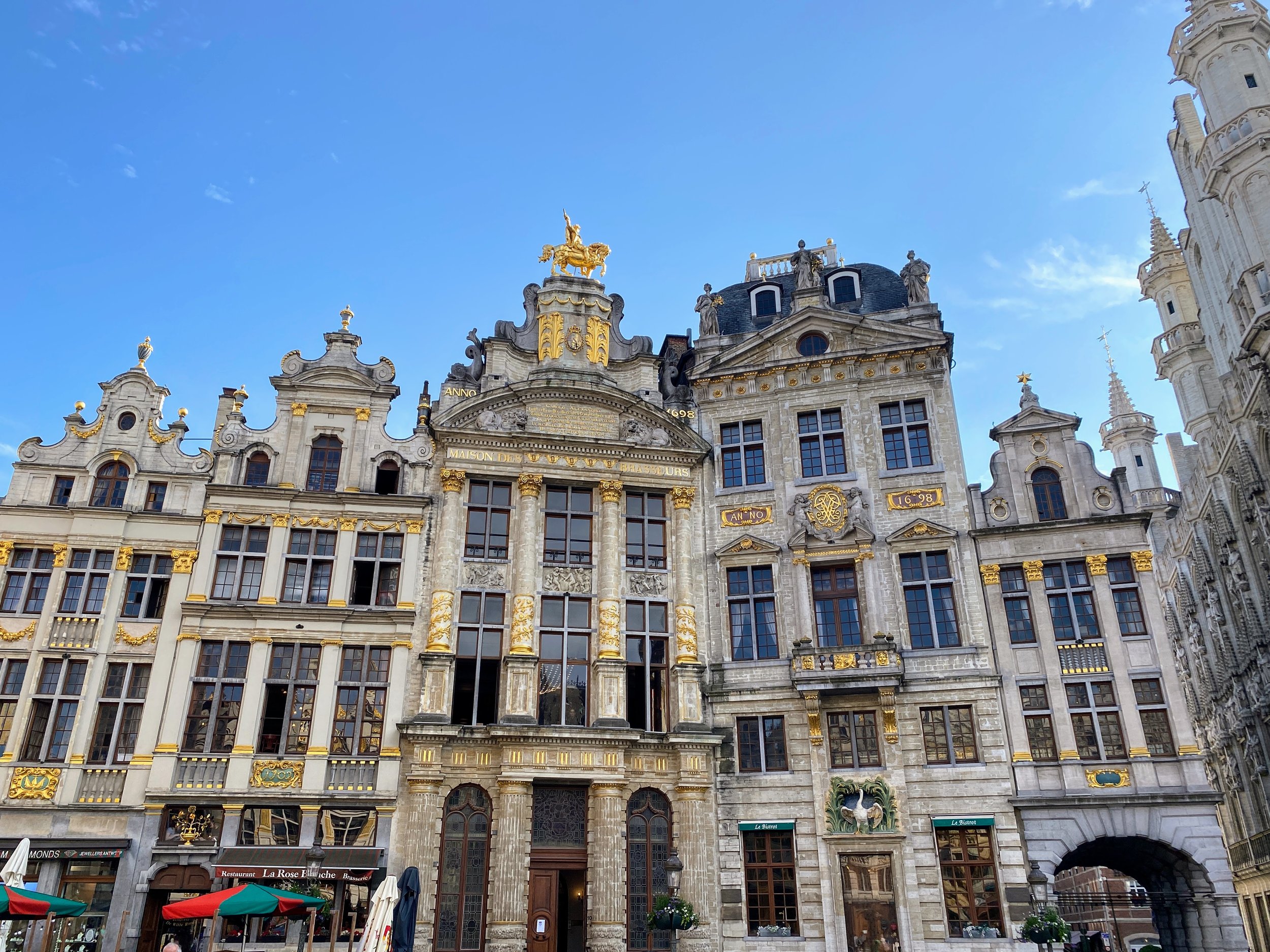
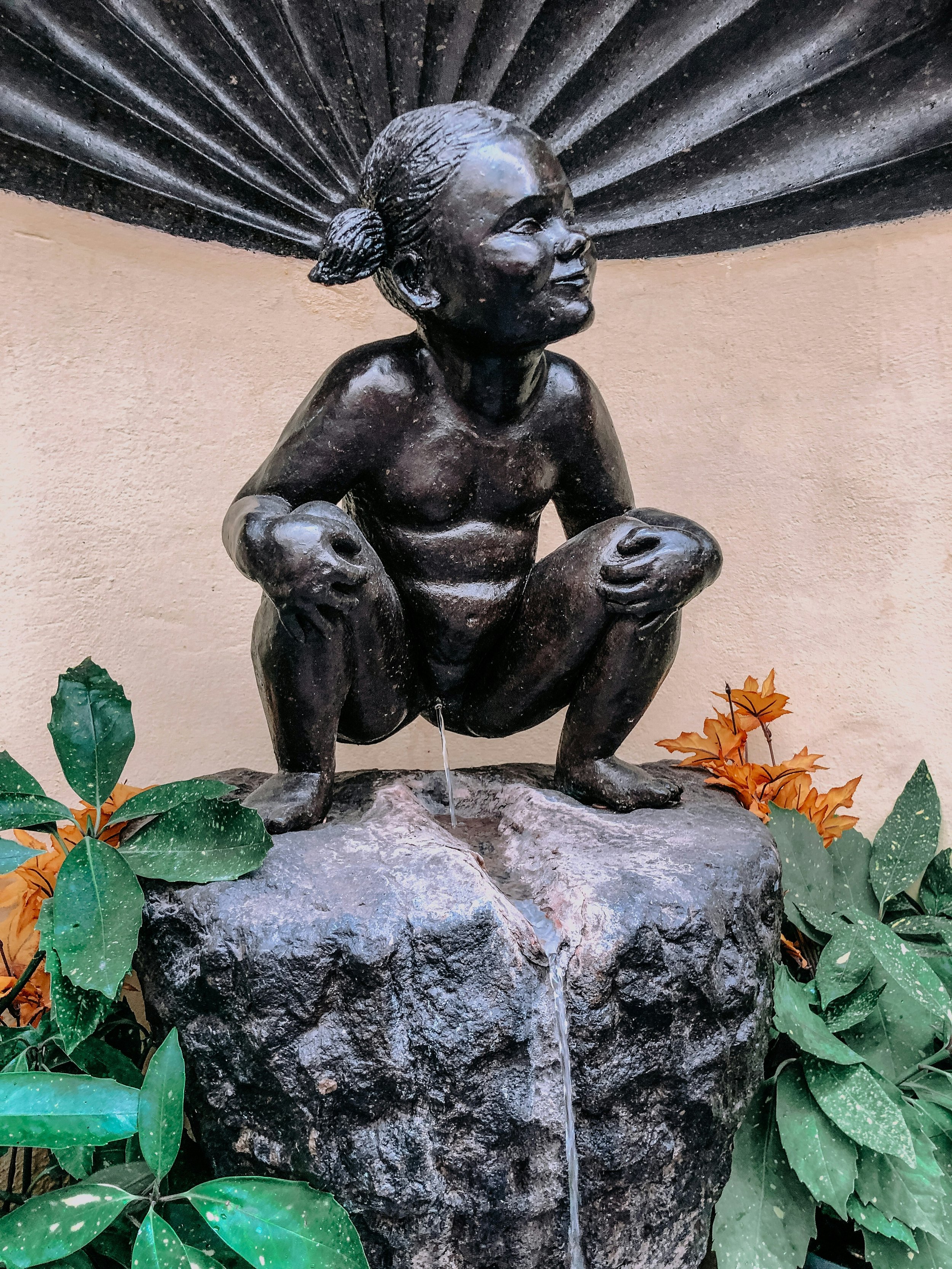
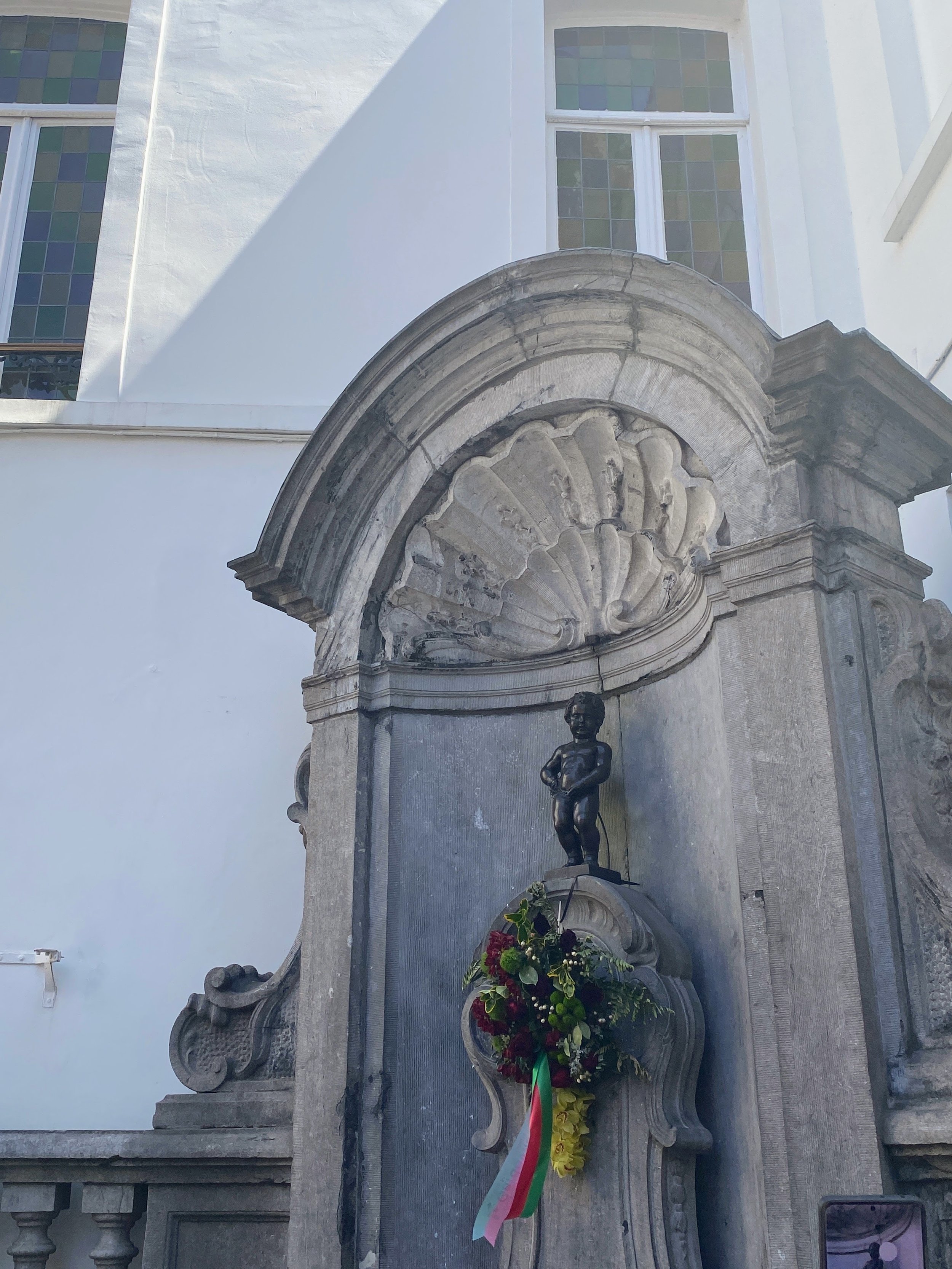

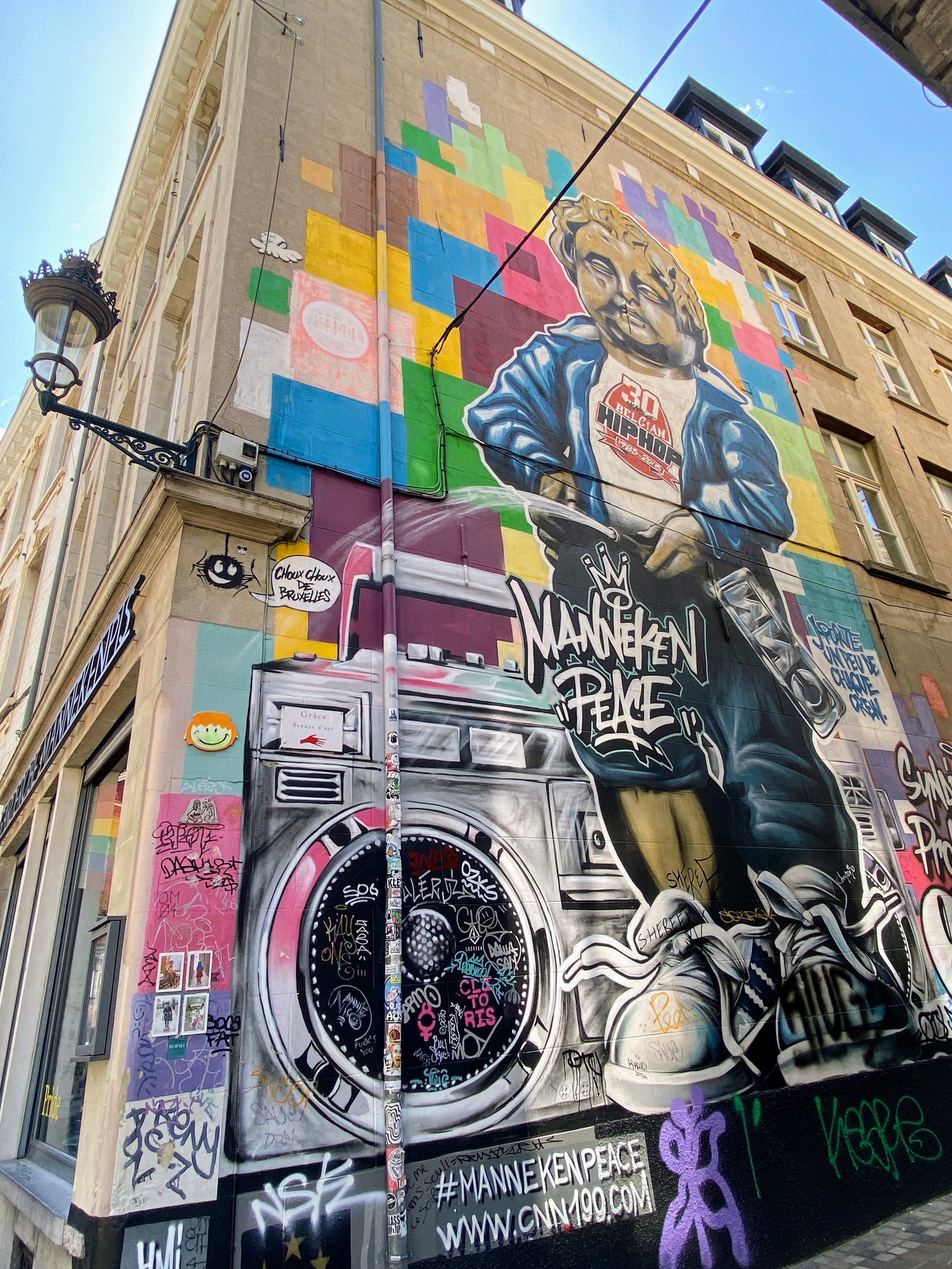
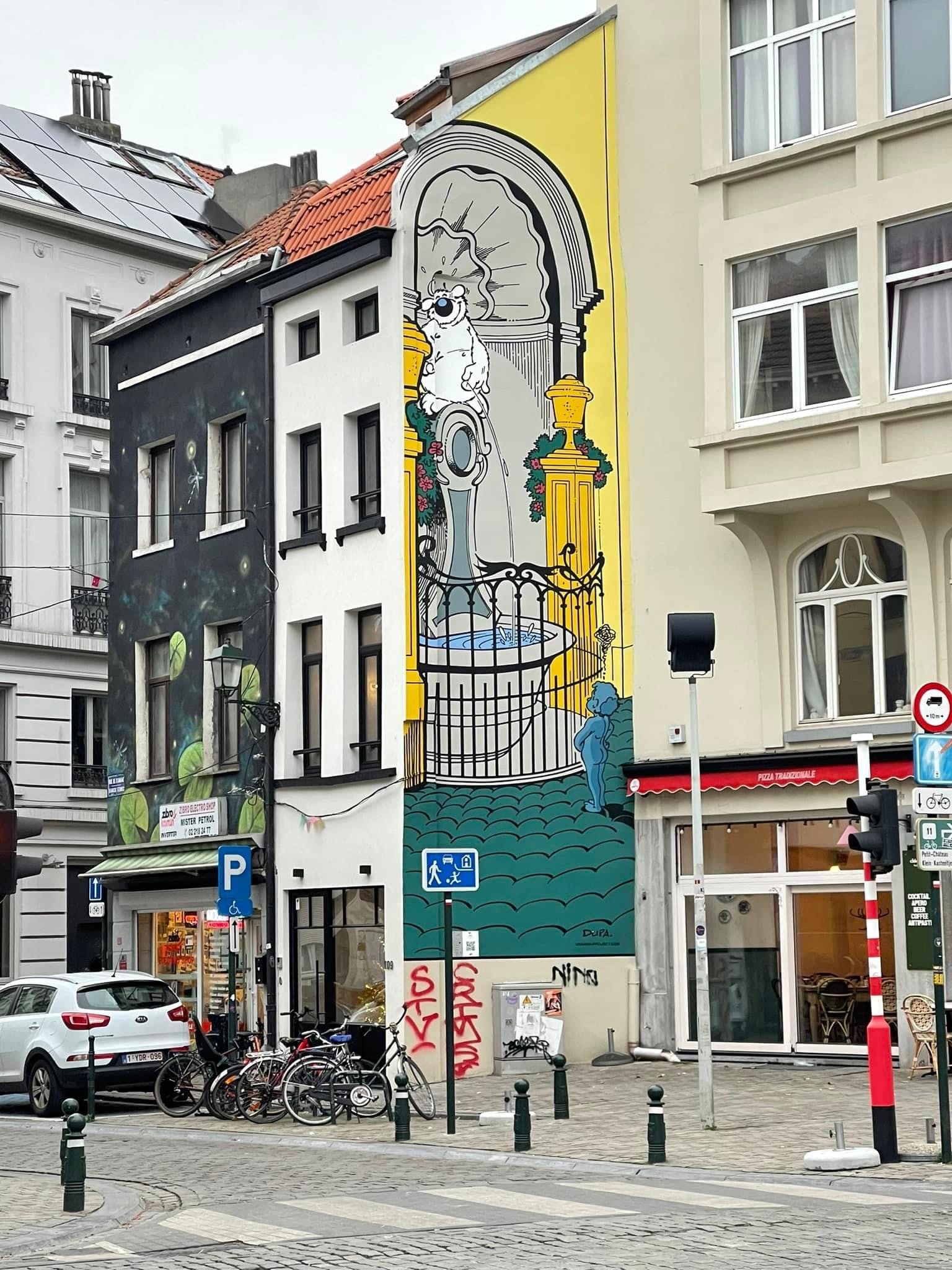
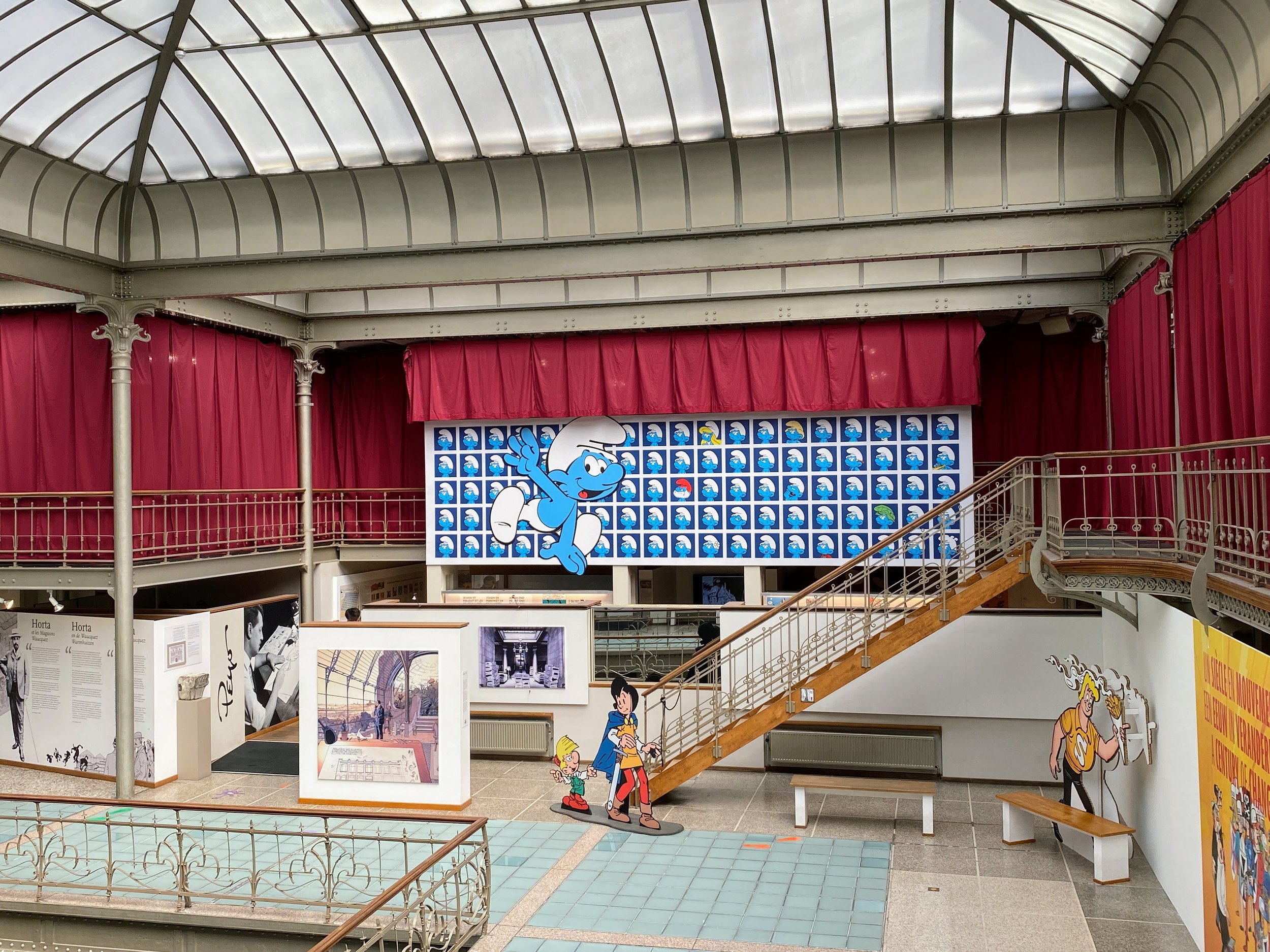
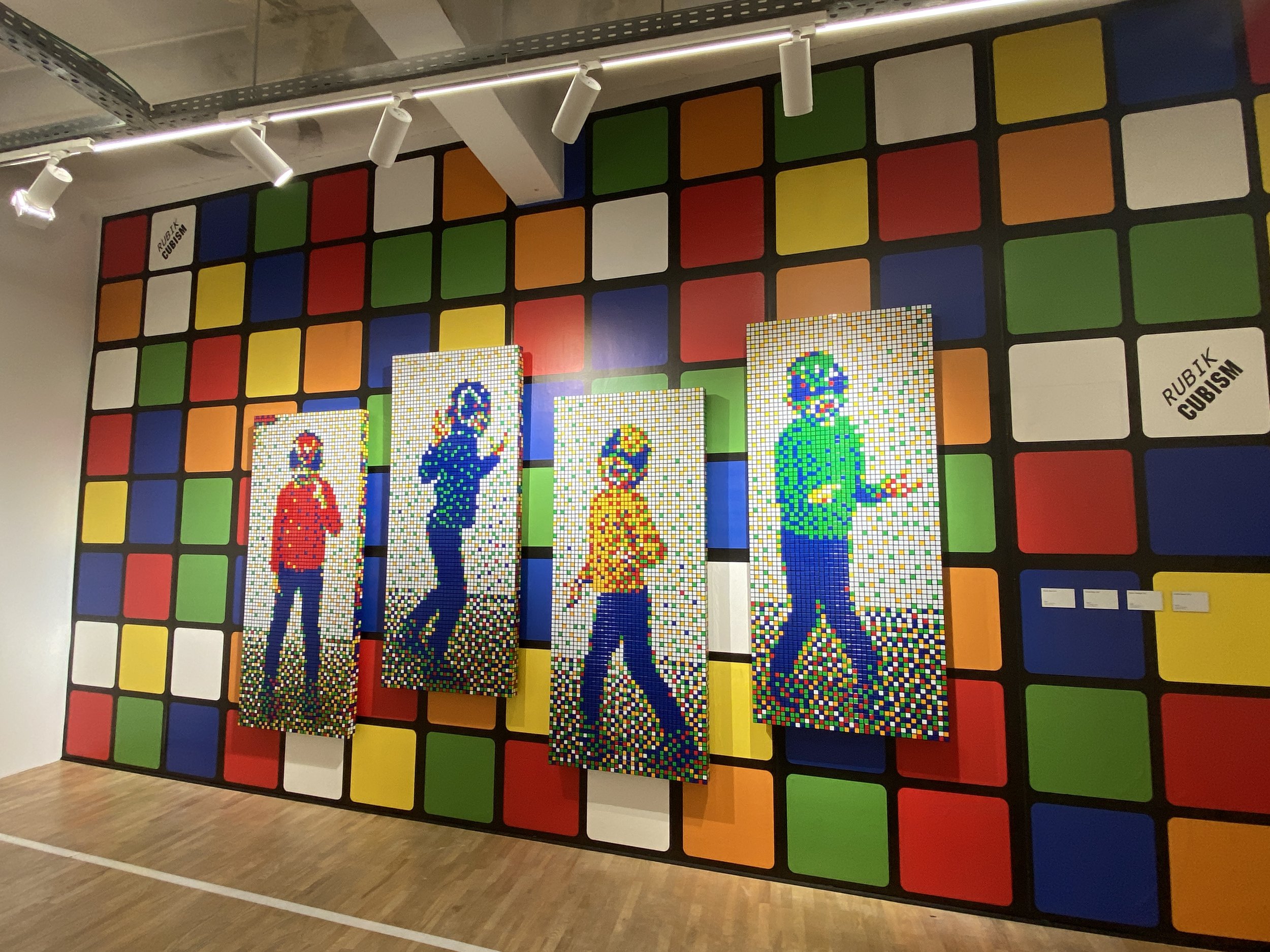
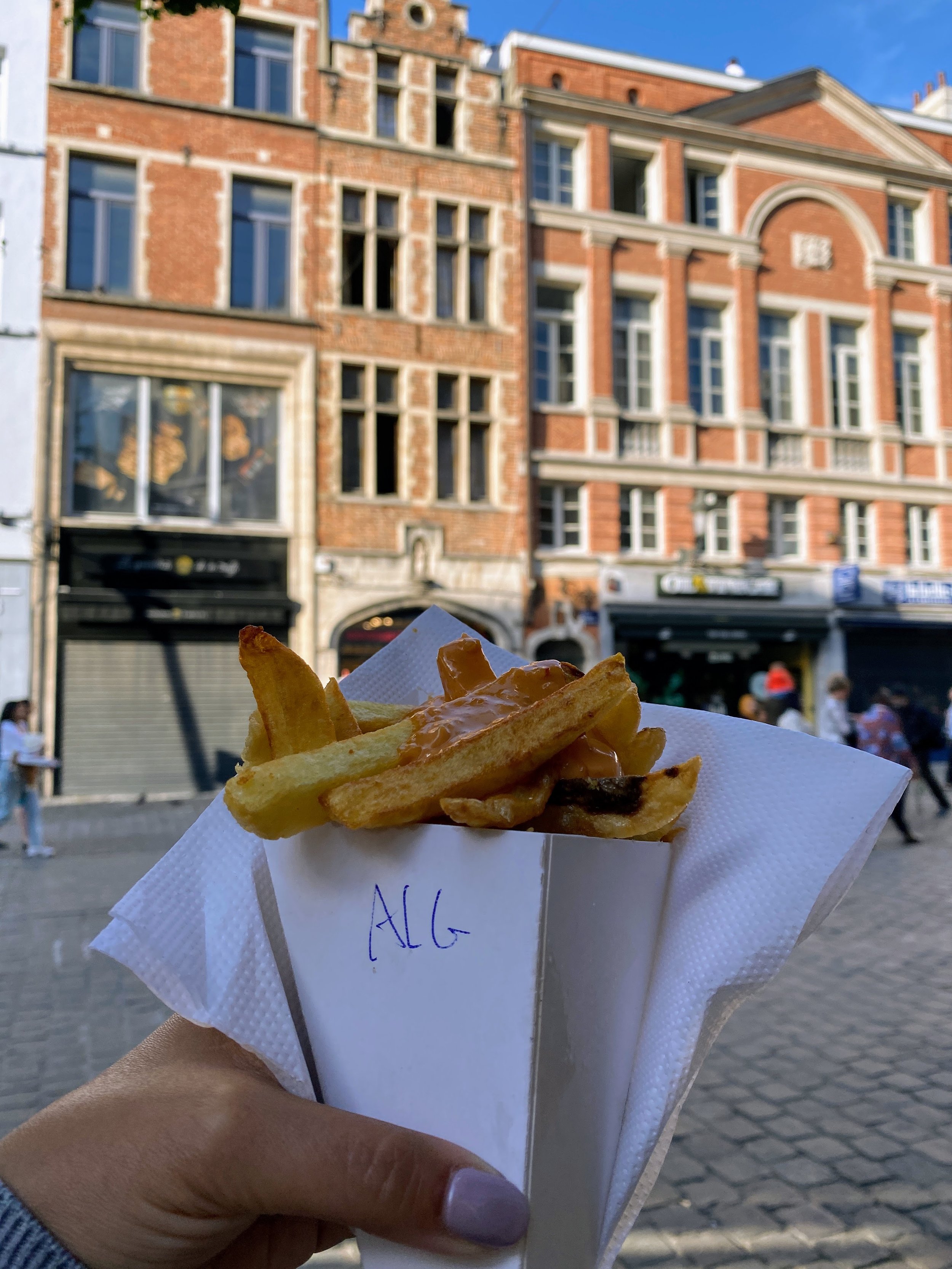
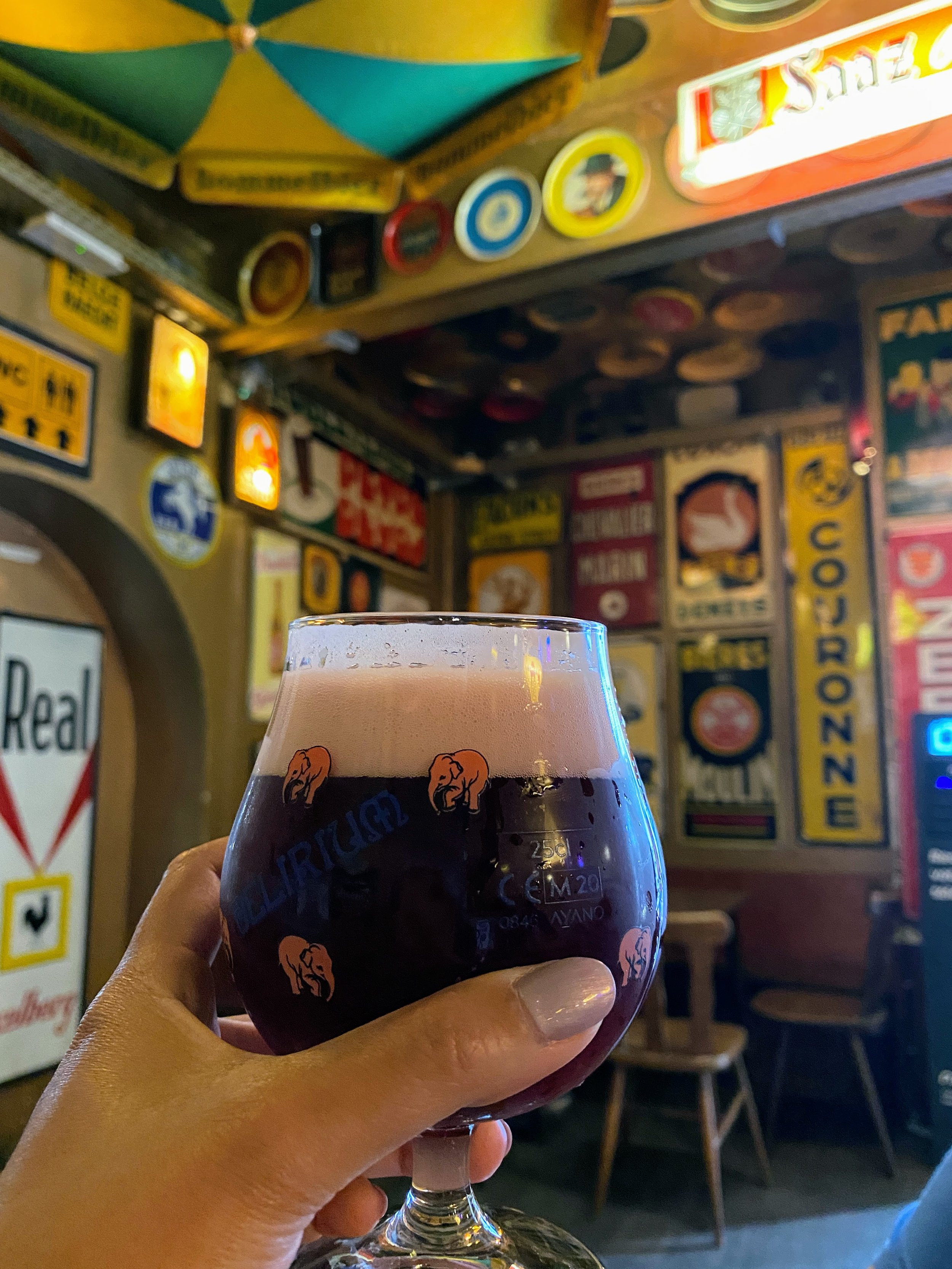

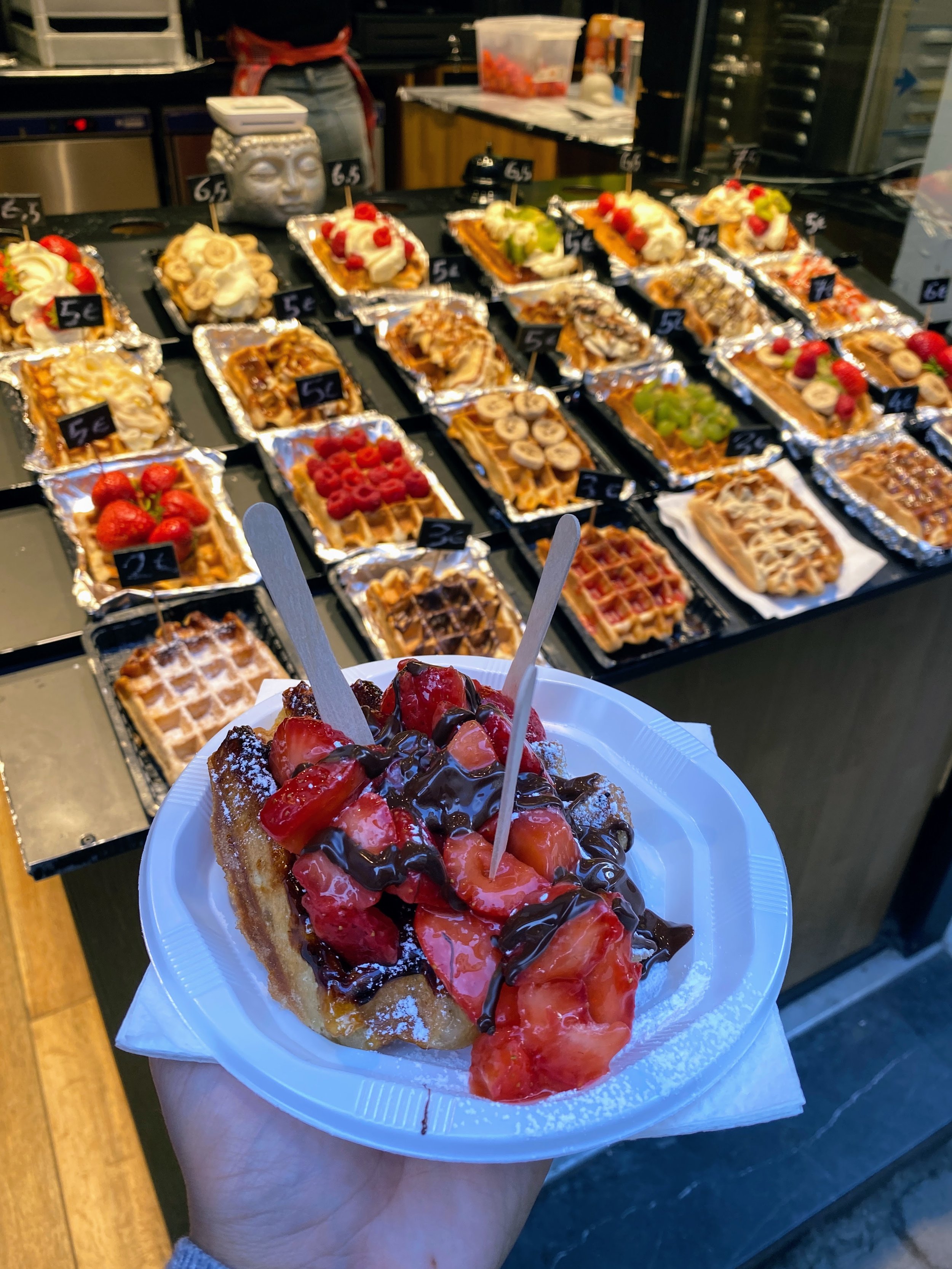

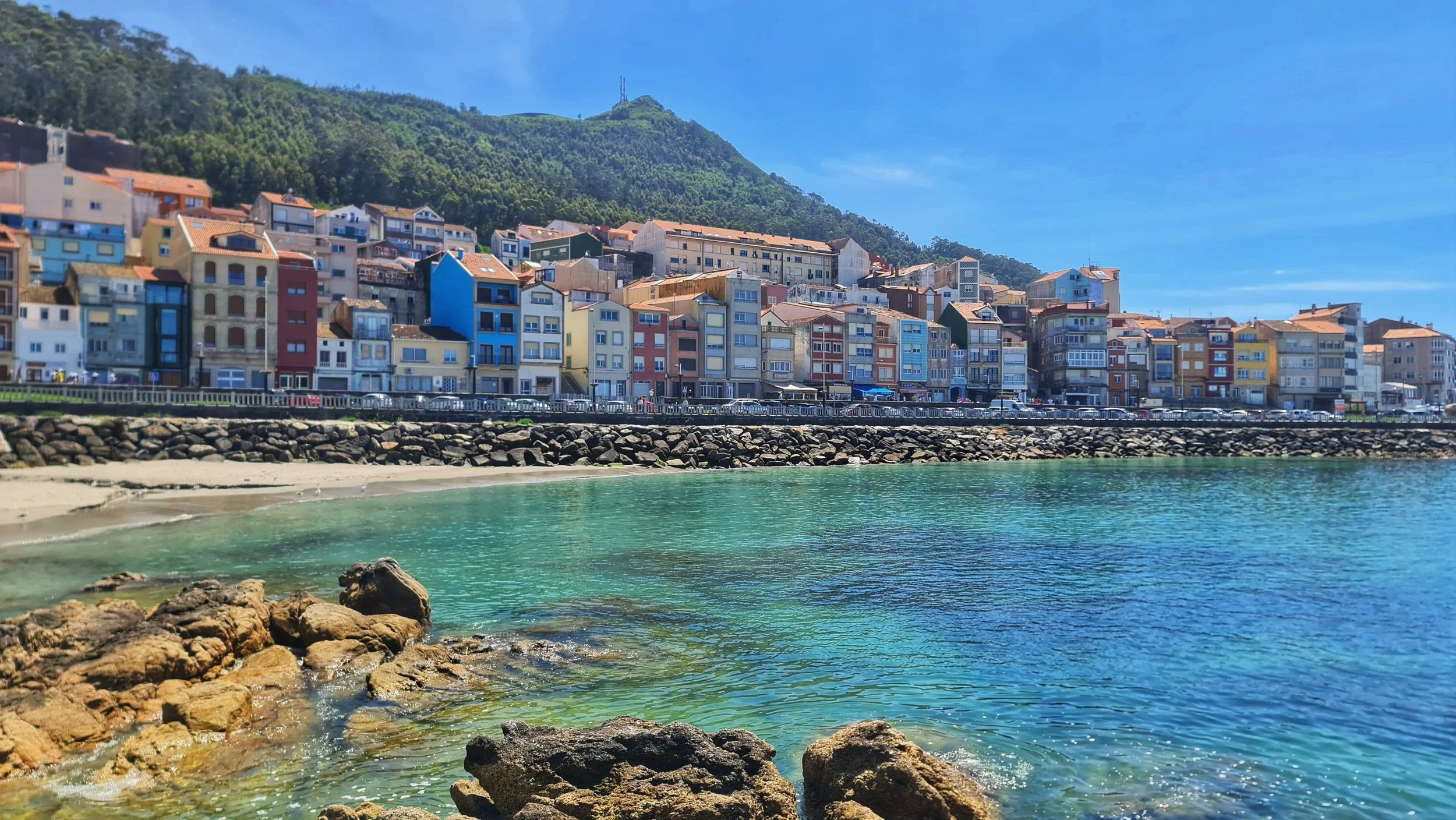

December is a magical month to travel, offering both festive holiday vibes and warm escapes. For winter lovers, snowy landscapes and Christmas markets bring cozy cheer. For those seeking sun, there are tropical beaches and vibrant cultures to explore. This guide highlights the best countries to visit in December, from snowy wonderlands to sunny retreats, each offering unforgettable experiences.